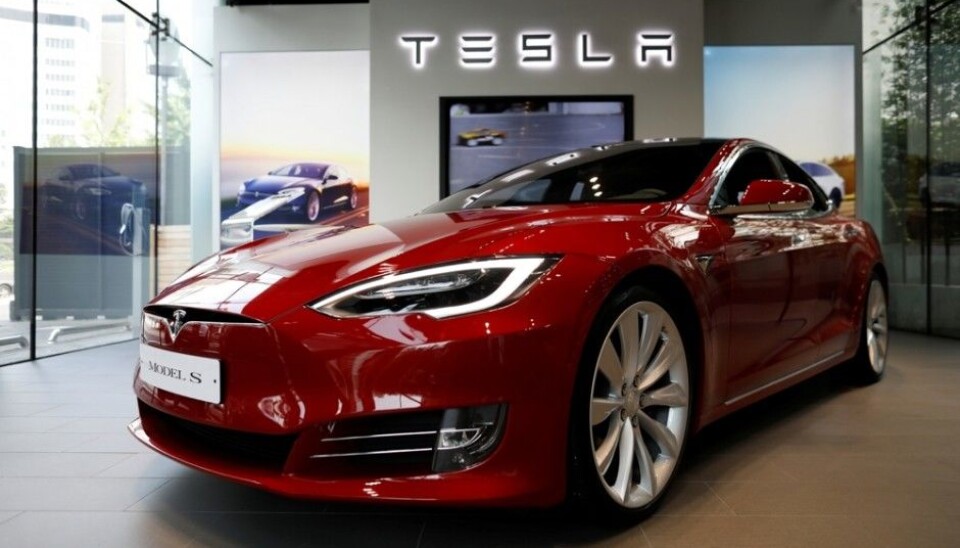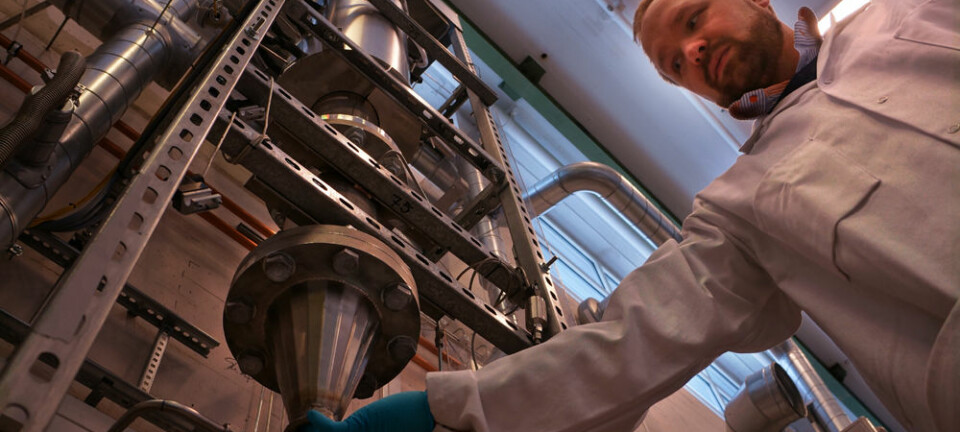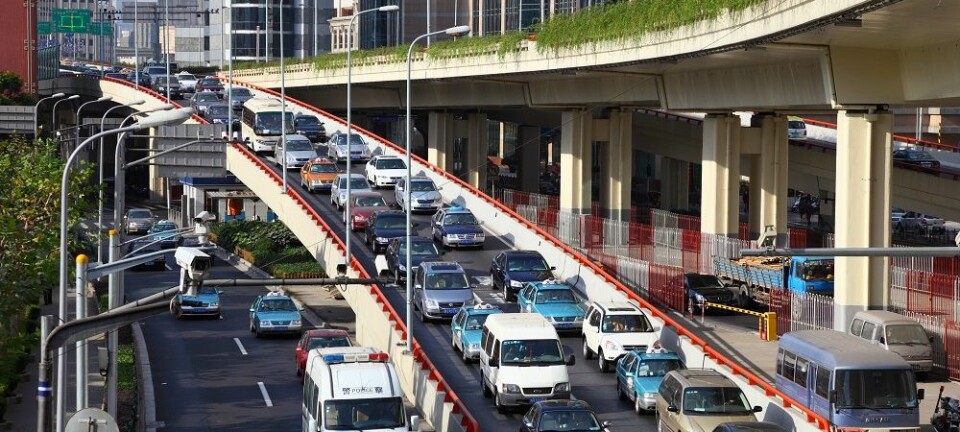
Heavier cars can make traffic more dangerous
The probability of being killed or severely injured in a traffic accident is about 40 percent lower if you drive a new car. But new cars are often more massive and pose a greater threat to other road users.
Cars tend to get progressively safer as new models roll out of factories.
This is confirmed by Alena Høye, a research manager at the Institute of Transport Economics (TØI) in Oslo. She has made a summary of a number of studies of damage to cars in crash tests and in real accidents.
If you can afford a new car it will be better for your own safety and that of others in traffic.
But if that car is large and heavy your protection could be reducing the safety of someone you collide with. At least if they are in an old, small car or worse yet, a cyclist or a pedestrian.
Buying larger and heavier
The cars Norwegians buy have tended overall to be larger and heavier in recent years.
“Larger and heavier cars are the safest for those riding in them but less for others. The largest and heaviest car usually has the greatest potential for injuring others in traffic,” says Høye.
The 18-year-old who might be driving around in an old compact car she inherited from an aunt is in jeopardy when a 50-year-old in a large car slams into her.
If everyone were to buy cars that were safest for themselves the total risk of road injuries could rise. This is because the “safest” cars are usually those that have the greatest potential for injuring others.
The total risk of injury is lowest if everyone bought cars that minimise both their risk plus the risk of the other party in an accident.
Better safety features
One reason why newer cars are safer is their increased mass.
Of course, weight is not the only factor contributing to their safety improvements.
New cars are equipped with ever better safety hardware and software.
“It’s a matter of how newer cars are constructed and what materials they are made of,” says Alena Høye.
Old SUVs not so safe
An ageing SUV is large and heavy. But it is not necessarily so safe.
“Research has shown that old SUVs are not so safe. This is because they are so rigid that in a collision they transfer a lot of energy to those who are sitting inside the car. These vehicles also run a greater risk of overturning.”
Newer cars are constructed to make as much of the energy as possible get absorbed by the car itself. The risk of overturning the car and suffering injuries related to that have also been reduced.
Ideally all cars should be mid-sized
If all the cars on Norwegian roads weighed less, the total number of traffic deaths and injuries would decrease too, shows a newer study in the overview of traffic research projects.
“Some studies have attempted to calculate what the optimal weight of cars should be with regard to safety. They find that if we all drove around in mid-weight cars this would optimise chances for you and those you collide with.”
“If cars keep growing heavier they will be getting more dangerous,” says Høye.
EVs more frequently in accidents
Sales of electric vehicles (EVs) have soared in Norway. In 2017 the combined sales of Tesla Model S and Model X rose by143 percent against the previous year, according to Dagens Næringsliv.
This is great for the environment but not necessarily for others using the roads.
EVs are powered by heavy batteries and on average 10–25 percent heavier than petrol and diesel-fuelled cars in their category. The researchers in the report point out that this makes them a greater risk for others in collisions.
“EVs are also more often involved than internal combustion cars in accidents with cyclists and pedestrians. This could be because they make less noise at low speeds than other cars. EVs also drive more on urban streets where there are more cyclists and pedestrians,” says Høye.
The goal of zero fatalities and injuries
Numbers of deaths and severe injuries in car accidents have plummeted in recent years. In 2017 there were 109 traffic fatalities on Norwegian roads.
Back in the 1970s and 1980s, the corresponding number in Norway averaged 442 per year. The average number of traffic accident fatalities in the ten years 2007–2016 was 181 per year, according to Statistics Norway.
The Norwegian Public Roads Administration has a goal of zero traffic accidents causing severe injuries or death.
Is it possible to make cars that safe?
“Of course there are limits to what the human body can withstand. But studies from race cars show that automakers could theoretically construct cars which would enable people to survive collisions at very high speeds,” says Høye.
Norwegian cars are old
The average age of cars registered in Norway is high. In 2016 it was nearly 10.6 years old, according to Statistics Norway. This is a rather antiquated car population compared to the rest of Europe.
Statistics Norway has broken this down to see regional differences. In Oppland County in the heart of Norway the average car in 2016 was 13.1 years old. Oslo had the youngest fleet of cars, averaging 7.6 years old.
Figures show that in the past 25 years cars have become 90 percent safer. Safety features have improved enormously and representatives for automobile owners’ associations would all like to get the older, more dangerous cars off the roads.
A factor to be reckoned with
Høye says there is a major methodological challenge with research on cars and safety. Differences in injuries caused by newer and older cars are not only linked to the age of the vehicles.
They can also relate to another factor – who is driving the car?
“Clearly if you compare a car from 2002 with one from 2018, the older car will have more faults. But the key factor is that the old car often has a different category of driver.”
“More often it will be a young man behind the wheel. Statistically, he is more likely to be under the influence of alcohol, drives faster and more frequently neglects to fasten his seatbelt than the driver of a new car. This is a methodological problem which such studies rarely take into account,” explains Høye.
-------------------------------------
Read the Norwegian version of this article at forskning.no.
Translated by: Glenn Ostling
































